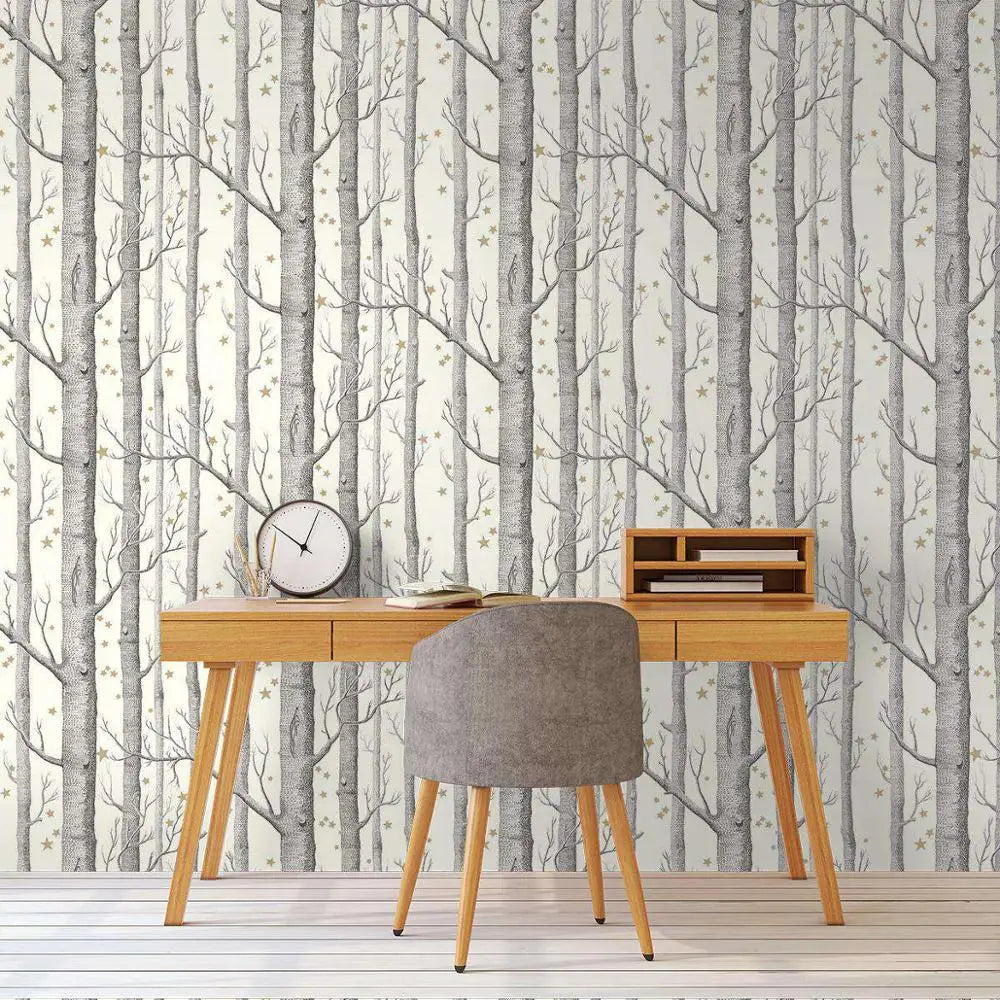How To Remove Wallpaper Adhesive
How to Remove Wallpaper Adhesive: A Step-by-Step Guide
Removing wallpaper adhesive can be a daunting task, but with the right strategies, it can be done efficiently. Whether you're planning to repaint your walls or apply new wallpaper, getting rid of old adhesive is crucial for a smooth finish. This step-by-step guide will walk you through the process, from the initial prep work to the final clean-up, ensuring your walls are adhesive-free and ready for the next transformation.
Preparation and Safety Measures
Before you start removing wallpaper adhesive, make sure to gather all the necessary tools and materials. This will include:
- Plastic drop cloths or tarps
- Protective gloves
- Dust mask
- Water
- Sponge or scrub brush
- Putty knife or scraper
- Wallpaper adhesive remover
Once you have your supplies ready, it's important to take safety precautions. Open windows or use a fan for proper ventilation, as some adhesive removers can emit strong fumes. Additionally, remember to protect your floors and furniture by covering them with plastic drop cloths or tarps.
Step 1: Scrapping the Surface
Start by loosening the wallpaper. Gently score the surface using a wallpaper scorer or a utility knife, making sure not to damage the underlying wall. This will allow the adhesive remover to penetrate more effectively. Once the surface is scored, use a putty knife or scraper to begin scraping off the wallpaper and adhesive. Work in small sections, applying even pressure to remove as much adhesive as possible.
Pro tip: If the adhesive is particularly stubborn, consider using a steamer to soften it before scraping.
Step 2: Applying the Adhesive Remover
Once you have removed the majority of the wallpaper and adhesive, it's time to tackle the residue that may be left behind. Apply a generous amount of wallpaper adhesive remover to the remaining adhesive, using a sponge or scrub brush to work it into the surface. Let it sit for the recommended time specified on the adhesive remover's label.
Step 3: Removing Adhesive Residue
After the adhesive remover has had time to work its magic, it's time to remove the residue. Use a clean sponge or scrub brush soaked in warm, soapy water to gently scrub the surface. Be careful not to scrub too hard, as this can damage the wall. Rinse the sponge or brush frequently to avoid spreading the adhesive residue.
Pro tip: If the adhesive residue is still stubborn, consider using a plastic putty knife or scraper to gently lift it off the wall.
Step 4: Final Clean-up
Once the adhesive residue is removed, it's essential to thoroughly clean the walls. Wipe down the surface with a clean sponge or cloth soaked in warm, soapy water. Rinse the walls with clean water, and use a towel to dry them. This will ensure that all traces of adhesive are gone and the walls are ready for the next step in your home renovation.
Alternative Methods for Removing Wallpaper Adhesive
If the traditional method doesn't work for you, there are alternative methods you can try:
- Vinegar Solution: Mix equal parts of vinegar and warm water and apply it to the adhesive. Let it sit for a few minutes before scrubbing.
- Fabric Softener: Dilute fabric softener with warm water and apply it to the adhesive. Allow it to sit for a while before scrubbing.
Steamer Method
A steamer can also be used as an effective method to remove wallpaper adhesive. Simply hold the steamer against the wall to soften the adhesive, and then scrape it away with a putty knife or scraper. This method is particularly useful for stubborn adhesive that doesn't respond to other removal techniques.
Chemical-Free Method
If you prefer to avoid using chemical-based adhesive removers, try using a mixture of warm water and dish soap. Apply it to the adhesive, let it sit for a few minutes, and then scrub it away with a sponge or scrub brush.
Conclusion
Removing wallpaper adhesive may seem like a challenging task, but with the right strategy and tools, it can be done efficiently. Start by preparing your workspace and taking the necessary safety measures. Then, use a combination of scrapping, adhesive remover application, and adhesive residue removal techniques to ensure a clean wall surface. If traditional methods don't work, there are alternative methods like vinegar solutions, fabric softeners, steamers, or chemical-free options. Now that you have all the information you need, you can confidently remove wallpaper adhesive and transform your walls into a blank canvas for your next home improvement project.









